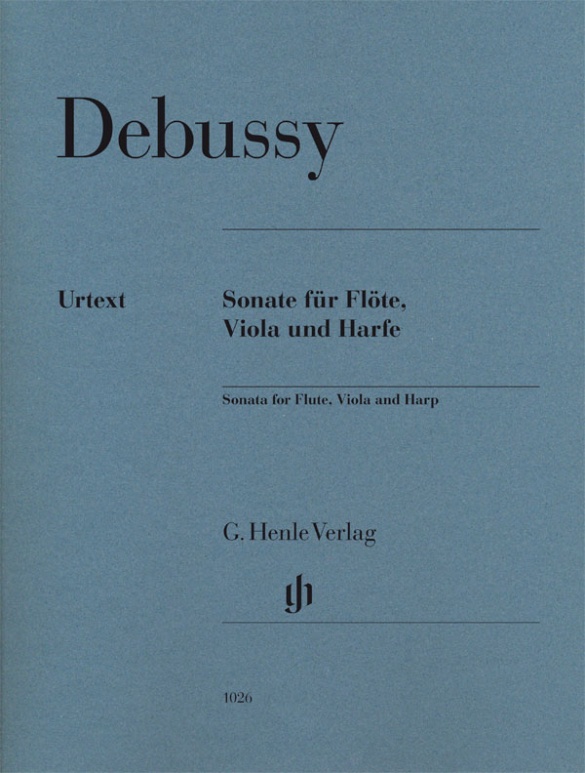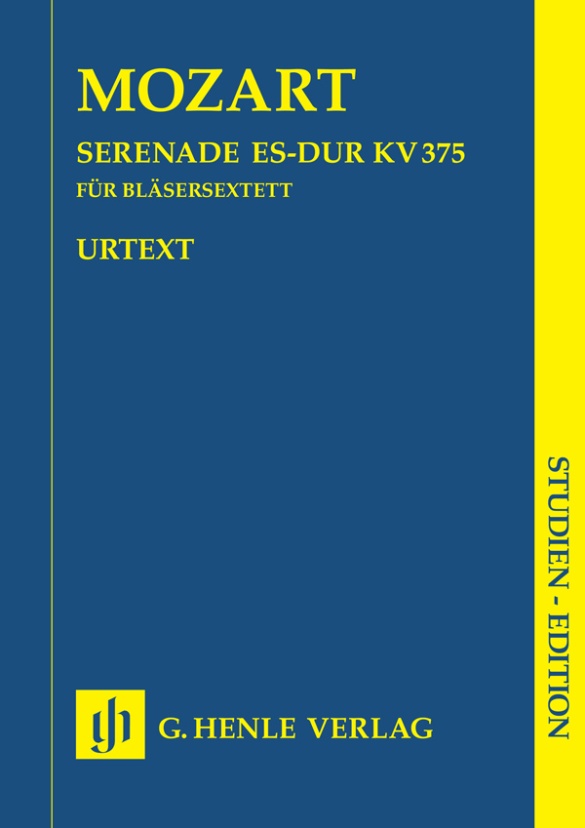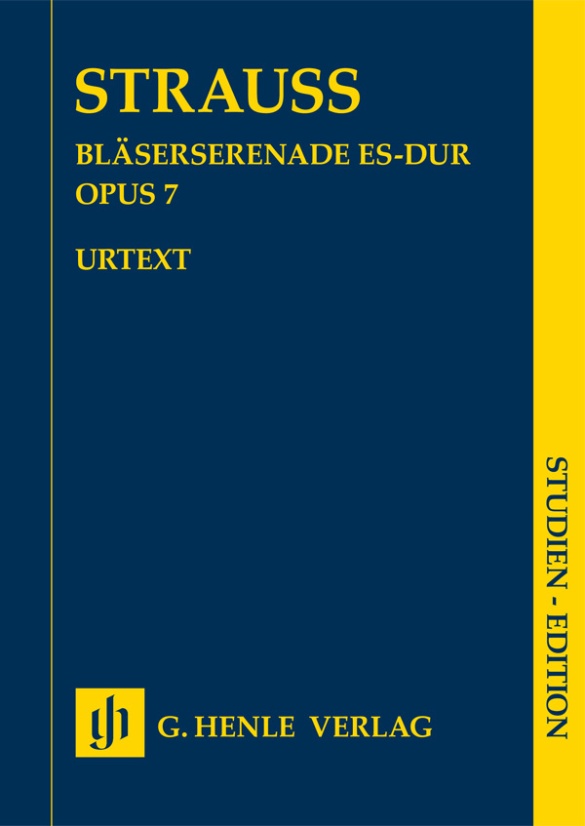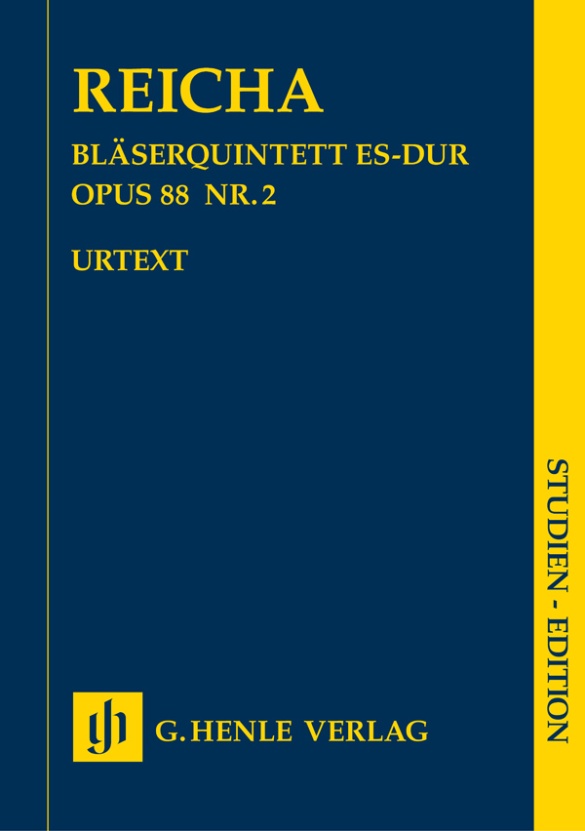

Anton Reicha
Quintet E flat major op. 88 no. 2 for Wind Instruments
Reicha published a total of 24 wind quintets for the “classical” scoring of flute, oboe, clarinet, horn and bassoon; op. 88 no. 2 is one of the best-loved and most played.
“If it were possible to surpass Haydn in the composition of quartets and quintets, Reicha would have succeeded with these quintets”, thus raved the “Allgemeine Musikalische Zeitung” on a performance of Reicha’s quintets, “it seems to me that it is impossible to unite more correctness and clarity with more inventiveness and originality.” This work exudes inspiration and spirit from every note. In addition to the parts, we have also produced a handy study edition of the score.
Content/Details
About the Composer
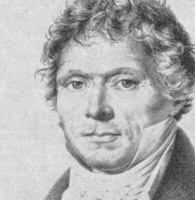
Anton Reicha
Composer and music theorist, whose wind quintets are especially important; popular to this day, they were already by far his greatest successes during his lifetime. He also achieved fame through his highly respected writings on music theory. Along with a multitude of works for winds in different groupings, his oeuvre comprises operas, symphonies, overtures, concerti, and keyboard works.
| 1770 | Born in Prague on February 26. |
| around 1780 | He is adopted by his uncle Joseph Reicha in Wallerstein, where his education includes piano, flute, and violin. |
| from 1785 | He is engaged as a violinist and flautist at the court chapel of the Cologne Prince-Elector Maximilian Franz in Bonn. There he meets Beethoven, with whom a lifelong friendship develops. |
| from 1794 | He teaches in Hamburg. Writes several compositions, including operas, chamber music, and symphonies. He meets Joseph Haydn and Pierre Rode. |
| 1802–08 | A second attempt to establish himself as an opera composer fails. He meets Empress Marie Therese, who commissions the opera “Argene Regina di Granata” from him. He makes efforts to publish his works. |
| from 1818 | He becomes professor of counterpoint and fugue at the Paris Conservatoire, his pupils including Hector Berlioz, Charles Gounod, Henry Vieuxtemps, and Franz Liszt. |
| 1831 | Becomes a Chevalier de la Légion d’honneur. |
| 1835 | Member of the Académie des Beaux-Arts. |
| 1836 | Dies in Paris on May 28. |
About the Authors

Norbert Müllemann (Editor)
Dr. Norbert Müllemann, born in 1976 in Cologne, studied musicology, German philology and philosophy at the University of Cologne whilst at the same time studying the piano at the Music Conservatory in Cologne.
In 2004 he began working at G. Henle Publishers as an intern. In 2005 he became a junior editor, whilst at the same time starting his doctorate at the Ludwig-Maximilians-Universität in Munich. He completed it in 2008 with a thesis entitled “Handschriften Frédéric Chopins bis 1830. Studien zur Authentizität, Datierung und Werkgenese”. Since 2008 Müllemann has been an editor at the publishing house, becoming editor-in-chief in 2017 and Head of Publishing in 2024. He has edited numerous Urtext editions for the publisher with a particular focus on the works of Frédéric Chopin.
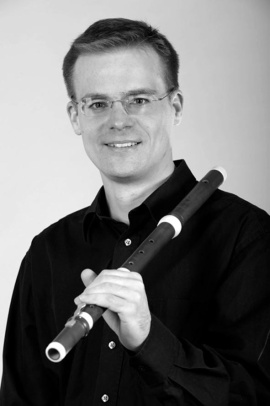
Henrik Wiese (Editor)
Henrik Wiese was born in 1971 in Vienna. He first studied the flute with Paul Meisen (Munich). He later took a degree in Indo-European studies, general linguistics and musicology. From 1995 to 2006 he was solo flautist at the Bavarian State Opera (Munich), since 2006 he has held the same position with the Bavarian Radio Symphony Orchestra. Wiese was a prize-winner at the German Music Competition (1995) and at several international flute competitions (including the ARD Music Competition in 2000).
As part of his editorial work for G. Henle Publishers, studying sources led him to historical performance practice and the transverse flute. He plays this instrument with the Accademia giocosa. Wiese gives master-classes around the world and tries to impart an understanding of how to deal with editions and sources to his pupils, to show them how to write cadenzas and to hone their awareness of intonation. His artistic work as a soloist, chamber musician and orchestral musician has been documented on numerous CDs.
Product Safety Informations (GPSR)

G. Henle Verlag
Here you can find the information about the manufacturer of the product.G. Henle Verlag e.K.
Forstenrieder Allee 122
81476 München
Germany
info@henle.de
www.henle.com
推荐
autogenerated_cross_selling
本书目其他版本
本书目其他版本


